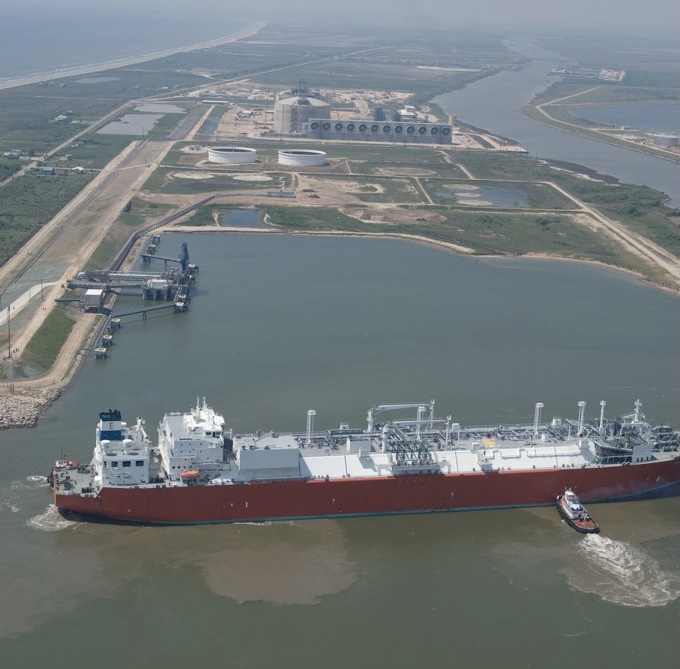The Freeport LNG facility in Texas is experiencing significant delays in tanker loading following Hurricane Beryl’s impact. The storm, which made landfall on July 8 near Matagorda, has caused extensive damage and power outages, severely affecting operations at one of the U.S.’s major liquefied natural gas (LNG) export terminals.
Operational Disruptions and Increased Wait Times
Freeport LNG, the second-largest LNG exporter in the U.S., halted its operations on July 7 in anticipation of Hurricane Beryl. The hurricane, with winds reaching 80 mph (130 kph), inflicted damage to infrastructure and left over 2 million people without power. Since the storm, Freeport LNG has struggled to resume normal operations.
The facility has reported slow progress in restarting its three liquefaction trains. While Freeport LNG planned to bring one processing train back online this week and the remaining two shortly after, production is expected to be reduced as repairs continue.
As of Thursday, the amount of feed gas being sent to Freeport LNG has increased to 500 million cubic feet per day (mmcf), up from 400 mmcf on Wednesday. This uptick suggests that at least one train is beginning to resume operations. However, vessel loading has not yet restarted.
A growing number of LNG tankers are anchored off Freeport, waiting to load. Six empty LNG tankers are now at the port, compared to just a few before the storm. Some vessels have been waiting for over 10 days. The last batch of loaded tankers left Freeport on July 5, and there have been no new instructions for tankers to dock, according to sources familiar with the situation.
Economic Impact and Market Reactions
The disruption at Freeport LNG has led to notable shifts in the natural gas market. U.S. gas futures fell by about 7% on Monday, hitting a 10-week low, as it became evident that Freeport LNG would be operating below full capacity for several days. The ongoing outage is affecting gas flows to the seven major U.S. LNG export plants, which have dropped to 11.6 billion cubic feet per day (bcfd) in July. This marks a decline from 12.8 bcfd in June and a peak of 14.7 bcfd in December 2023.
The delays are exacerbating logistical issues and may lead to cargo cancellations. Bloomberg reports that Freeport LNG has already canceled at least 10 cargoes scheduled for loading through August.
The Port of Freeport has reopened its navigation channel, but draft restrictions remain in place. This restriction is a result of ongoing infrastructure repairs and has further complicated the resumption of normal operations at the facility.
Freeport LNG has not commented on its commercial activities or the specifics of cargo cancellations. The company’s handling of the situation will be crucial for stabilizing LNG market dynamics and minimizing further disruptions.
The slow recovery of Freeport LNG highlights the broader challenges facing the energy sector in the wake of severe weather events. As the facility works to get back to full operational capacity, stakeholders are watching closely for any further developments that might impact the LNG supply chain and global energy markets.
Source: Reuters



